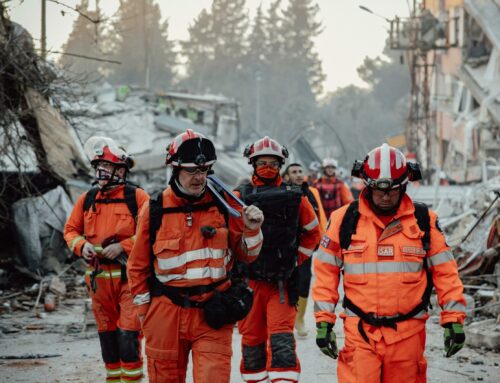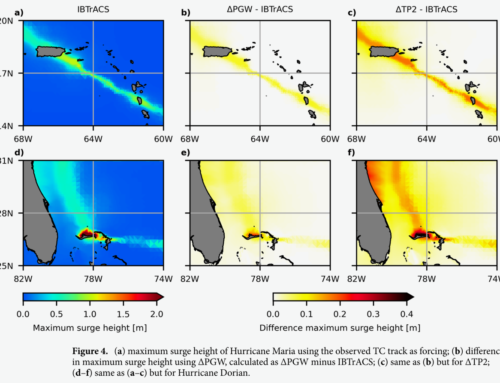Andra-Cosmina Albulescu and Iuliana Armas, University of Bucharest
In light of the increased frequency of multi-hazards, the dynamics of vulnerability across time, space, and different hazards emerges as an intriguing but challenging research topic. Within multi-hazard contexts, both the impacts of hazards and mitigation strategies can augment vulnerabilities, adding layers to the complexity of multi-risk assessments. Delving into these interactions, this study aims to analyse new connections in rising vulnerability that result from impacts and adaptation options, as well as their implications, putting co-occurrent powerful river flood events and the COVID-19 pandemic in Romania under the magnifying glass, taking 2020 and 2021 as references. The proposed framework relies on an impact chain that was enhanced to include new elements (i.e. augmented vulnerabilities and derived impacts) and links (i.e. connections that describe the augmentation of vulnerability), which were also used to rank the vulnerabilities based on their augmentation. The impact chain draws on various data and information sources, including the scientific literature, the feedback of first responders, reports, legislative documents, official press releases, and news reports. This research work makes a significant contribution to the field of disaster risk reduction (DRR) by broadening the purpose of the impact chain, transforming it into a first-hand, semi-qualitative tool for analysing vulnerability dynamics.






